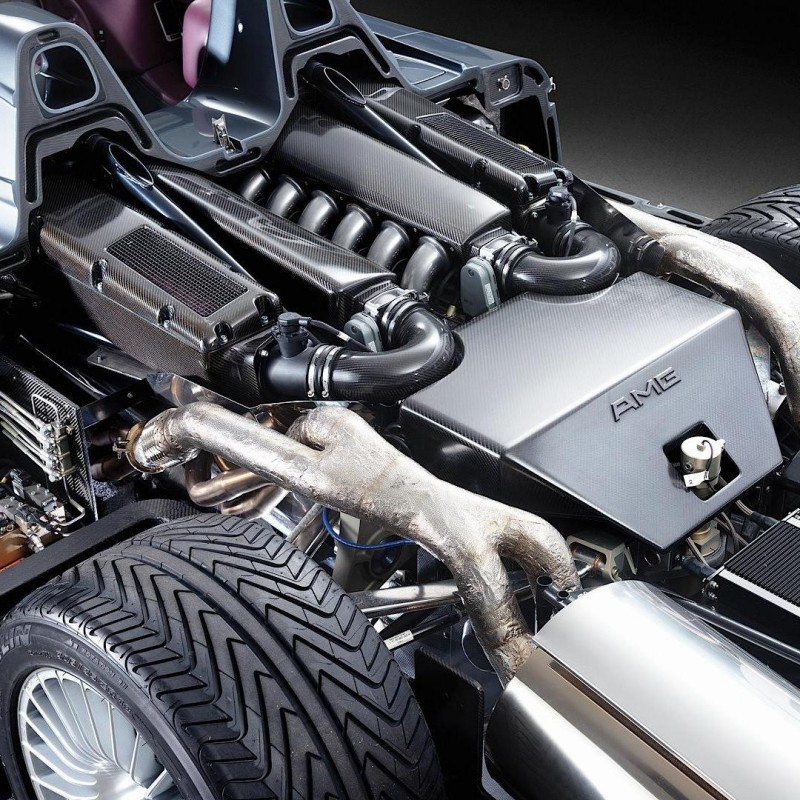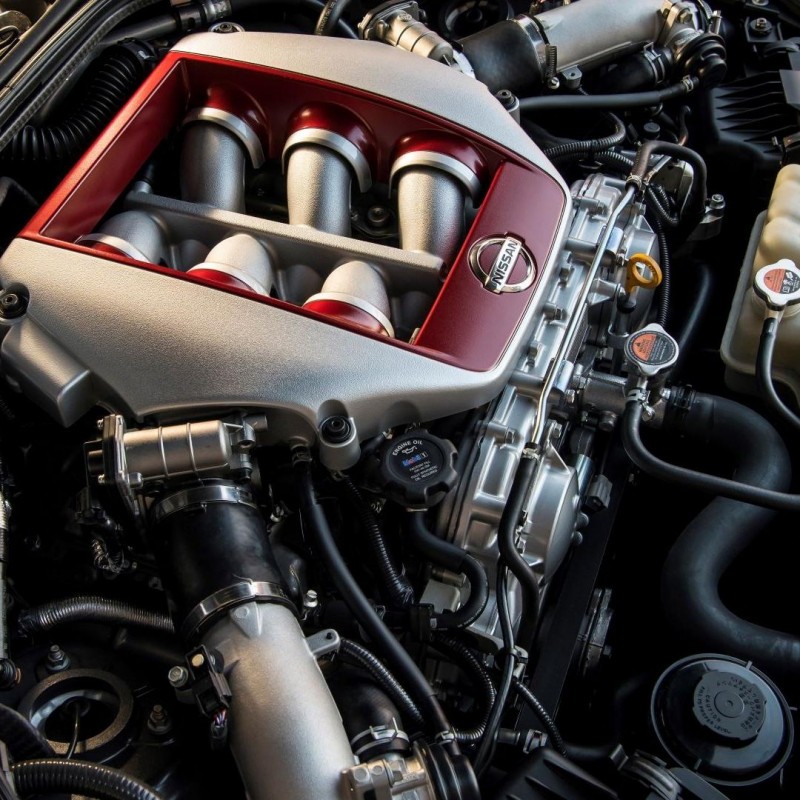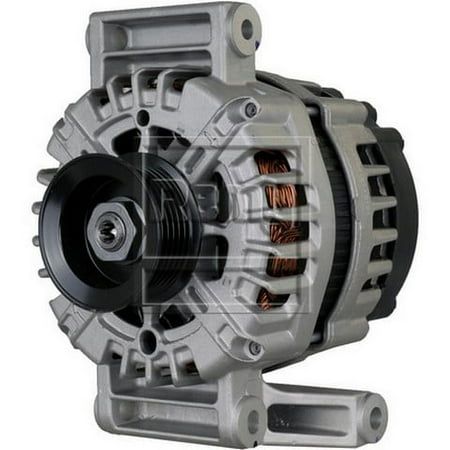When enthusiasts talk about performance automobiles, the discussion often leads to the Nissan GT-R—a model revered for its engineering excellence and racing pedigree. One essential aspect that frequently arises is the question: what engine does a GTR have? This powerful engine is at the heart of the GT-R’s performance, making it a remarkable machine on both the streets and race tracks.
The GT-R is renowned for its exceptional balance of power, handling, and technology, qualities that are made possible by its engine. Delving into the specifics of what engine the GT-R uses reveals not only its incredible specifications but also the rich history and innovation that accompany this Japanese icon. In this article, we will examine the engine’s technical details, performance features, and the evolution of the GT-R’s powertrain. Additionally, we will explore the engineering principles that make the GT-R a standout in the high-performance automotive world.

The Evolution of the GTR Engine
To fully appreciate what engine does a GTR have, it’s important to look back at the model’s history and how its engineering has developed over the years. The Nissan GT-R’s journey began in the late 1960s, with a legacy intertwined with high-performance motorsport.
Early Beginnings and the Skyline GT-R
The first GT-R engine was introduced with the Nissan Skyline GT-R in 1969. This model was powered by the S20 engine, a 2.0-liter inline-six derived from the Prince R8 engine used in racing. This early model showcased Nissan’s interest in combining sports car performance with usable technology for the road.
RB26DETT and Its Impact
Moving into the early 1990s, the GT-R evolved significantly with the introduction of the R32 Skyline GT-R, which became legendary for its performance. At the core of the R32 was the RB26DETT engine—a 2.6-liter inline-six engine equipped with twin turbos. The RB26DETT gained fame for its robust design and was revered for its tuning potential, allowing modifications that could push power figures into the realm of supercars.
The GT-R R35 and the VR38DETT
The iconic journey of the Nissan GT-R continued with the introduction of the R35 model in 2007. This generation marked a significant leap in technology and performance. The R35 GT-R is powered by the VR38DETT engine—a 3.8-liter V6 twin-turbocharged powerplant. This engine produces immense power and torque, making it one of the most formidable engines in the performance car segment.
Specifications of the GT-R’s VR38DETT Engine
To understand fully what engine does a GTR have in terms of its specifications, let’s take a closer look at the VR38DETT engine that powers the R35 GT-R. This engine is notable for its advanced engineering and impressive performance.
Engine Configuration and Dimensions
The VR38DETT is a V6 engine, which provides a compact form while still delivering the power needed for high-level performance. Here are some key specifications:
- Displacement: 3.8 liters (3799 cc)
- Bore x Stroke: 96 mm x 81.4 mm
- Compression Ratio: 9.0:1
- Valvetrain: DOHC with 24 valves
The engine’s configuration allows for high power output while maintaining a manageable size and weight, contributing to the vehicle’s overall performance and handling.
Turbocharging and Forced Induction
A defining feature of the VR38DETT is its twin-turbocharging system. Each cylinder bank is equipped with its own turbocharger, enabling efficient air intake and promoting quick throttle response. This forced induction capability allows the engine to produce significant power at lower RPMs, making it suitable for both street and track performance.
Power Output and Torque
The VR38DETT engine delivers an impressive output. Depending on the model year and tuning, the power output can vary, but typical figures are around:
- Power: Approximately 480 to 600 horsepower (depending on specific model and setup)
- Torque: Around 430 lb-ft
These figures place the GT-R among the top contenders in the high-performance segment, further enhancing its reputation.
Performance Features of the GT-R Engine
Now that we have examined what engine does a GTR have from a specifications standpoint, let’s explore the various performance features that make the GT-R’s powertrain extraordinary.
Engine Management and Technology
Nissan employs advanced engine management technology to maximize the performance of the VR38DETT. The GT-R features sophisticated software that manages fuel delivery, ignition timing, and boost levels. This electronic management system not only optimizes performance but also enhances fuel efficiency.
Cooling System
The high-performance nature of the GT-R’s engine means it generates substantial heat during operation. To combat this, Nissan incorporates an efficient cooling system that includes dual intercoolers for the turbochargers. This system cools the intake air before it enters the combustion chamber, improving performance and preventing knock.
Exhaust System
The GT-R’s exhaust system is engineered to reduce back pressure while maintaining a throaty sound. Nissan utilizes an active exhaust system that enhances performance by optimizing flow, which is especially beneficial during acceleration.
Transmission Pairing
The VR38DETT engine is paired with a 6-speed dual-clutch transmission (DCT). This transmission allows for rapid gear changes and enhances the overall driving experience. The DCT works seamlessly with the engine, ensuring that power is delivered effectively to the wheels.
The GT-R’s All-Wheel Drive System
One of the standout features of the GT-R is its advanced all-wheel-drive (AWD) system, known as ATTESA E-TS. This system is tightly integrated with the engine, enhancing performance and handling capabilities.
Overview of the ATTESA E-TS System
The ATTESA E-TS (Advanced Total Traction Engineering System for All-Terrain) system allows for the distribution of power between the front and rear wheels. This distribution improves traction during acceleration and cornering, enabling the GT-R to maintain speed and control under aggressive driving conditions.
Torque Split and Handling
The torque split in the GT-R can adjust dynamically based on driving conditions. Under normal circumstances, the GT-R operates with a 50:50 split between the front and rear wheels. However, during high-performance driving, up to 100% of the torque can be sent to the rear wheels, ensuring maximum performance when needed.

Performance on Different Terrains
The GT-R’s powerful engine, paired with its sophisticated AWD system, allows for exceptional performance on various terrains. It performs impressively on wet or slippery surfaces and provides a sense of confidence for the driver in adverse conditions.
Real-World Performance and Fuel Efficiency
Understanding what engine does a GTR have includes considering real-world performance and fuel efficiency. While the GT-R is primarily about power and speed, fuel economy is also a concern for many drivers.
Acceleration and Speed
The GT-R is known for its blistering acceleration. The capabilities of the VR38DETT combined with the all-wheel-drive system can propel the GT-R from 0 to 60 mph in around 2.9 seconds. This phenomenal acceleration places it in the supercar category, competing with many high-end performance vehicles.
Track Performance
The GT-R has developed a strong reputation in the track scene, specifically in events like the Nürburgring 24-hour race. Owners who take their GT-Rs to the track appreciate the well-rounded performance that the VR38DETT engine provides, along with consistent handling provided by the vehicle’s chassis and AWD system.
Fuel Efficiency
Fuel efficiency in high-performance cars like the GT-R often takes a back seat to power. However, the GT-R does offer decent mileage for its class. Depending on driving conditions and driving style, its fuel economy can range from approximately 16 mpg in the city to around 23 mpg on highways. This figure is respectable given the vehicle’s performance capabilities.
The Continued Legacy of the GT-R Engine
As the years go by, the GT-R continues to evolve while maintaining its celebrated design and performance characteristics. The legacy of what engine does a GTR have is firmly cemented in automotive history.
Future Innovations
Nissan and its engineers are continually researching new technologies to enhance efficiency, performance, and emissions, ensuring the GT-R’s legacy continues into the future. Developing hybrid systems or electric models could be a part of the evolution, aiming to preserve the performance mindset synonymous with the GT-R brand.
Competitions and Cult Status
The Nissan GT-R has gained a cult following among automotive enthusiasts, owing to its impressive performance capabilities. Its legacy has inspired a dedicated fan base that embraces modifications and tuning to push the limits of what the GT-R can achieve.
Influence on Automotive Design
Other manufacturers often look to the GT-R for inspiration. The innovative engineering and performance advancements associated with the GT-R have influenced the way high-performance vehicles are designed and built.

Conclusion
Evaluating what engine does a GTR have uncovers a rich tapestry of performance, innovation, and legacy. The VR38DETT engine exemplifies Nissan’s commitment to engineering excellence and offers an exhilarating experience for riders around the world. Each iteration of the GT-R has continued the tradition of delivering astounding power and handling, making it a formidable contender in both street and track racing.
Understanding how the engine has evolved offers insight into the automotive industry’s progression, while also highlighting the importance of maintaining performance and efficiency. Whether you are a seasoned enthusiast or a casual admirer of performance cars, the legacy of the GT-R remains a compelling topic of discussion. Its impact on both the racing world and the consumer automobile market continues to inspire generations of engineers, designers, and drivers alike.
By staying informed about the engineering feats behind the GT-R, you gain a deeper appreciation for not only what makes this iconic car unique but also how it has set the standard for performance-oriented motorcycles.


